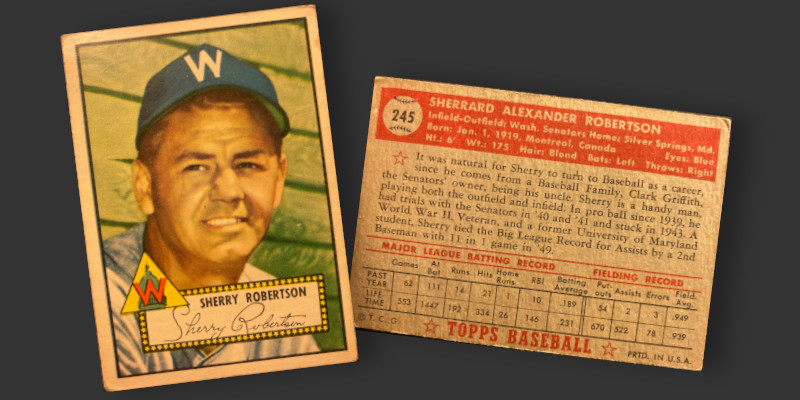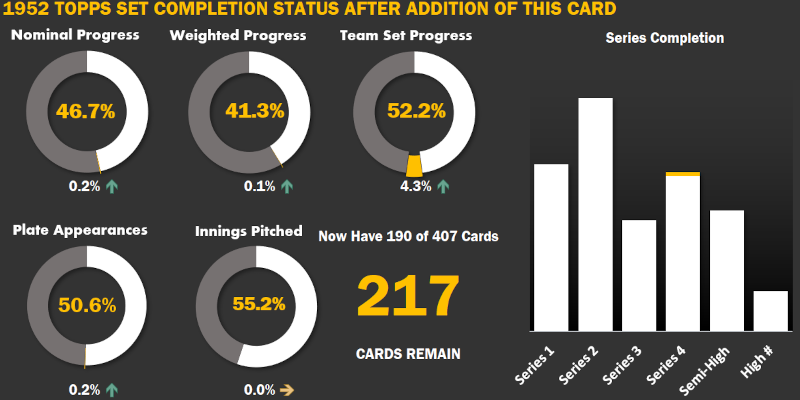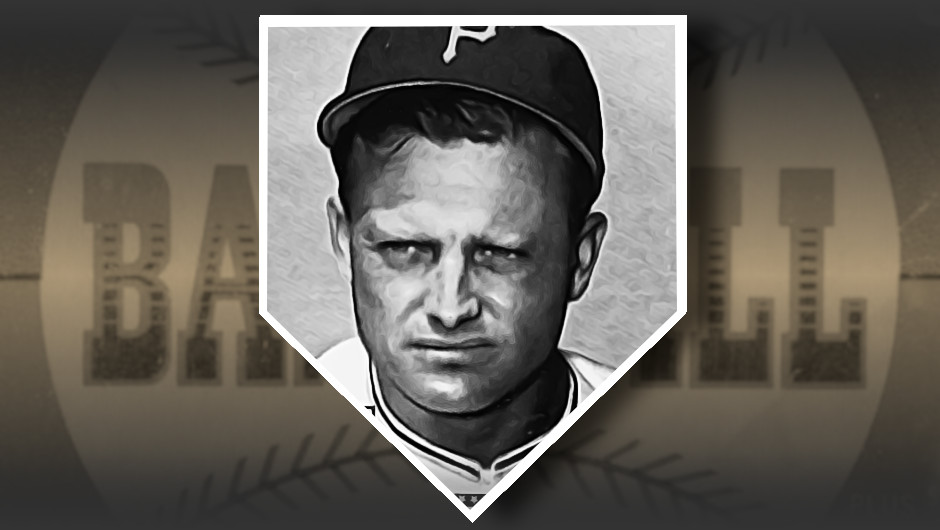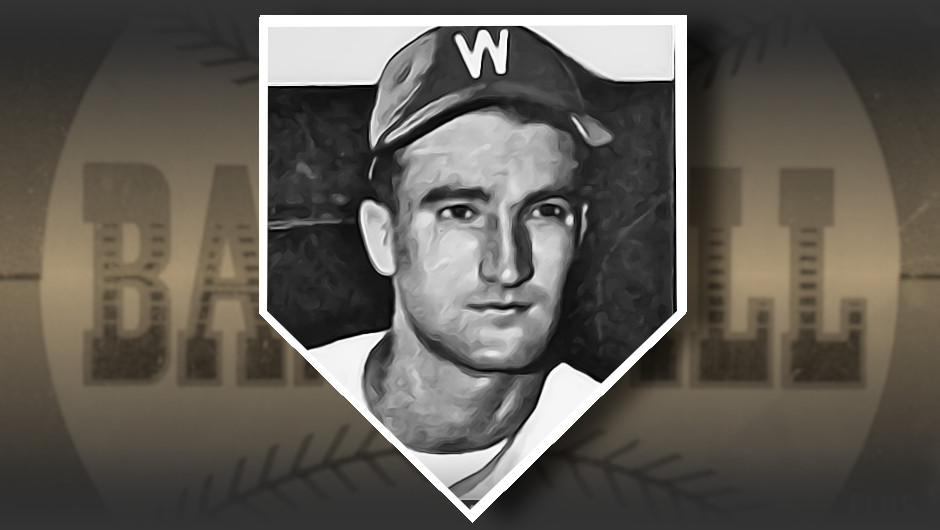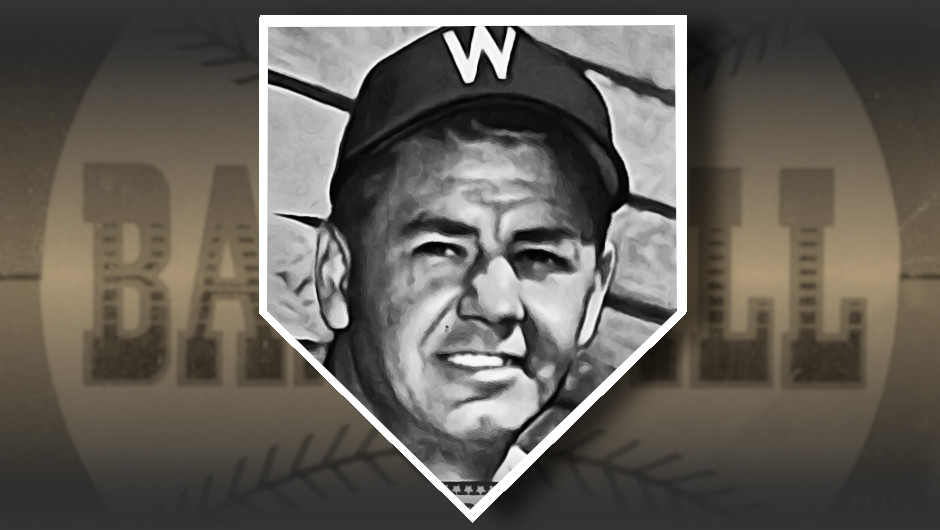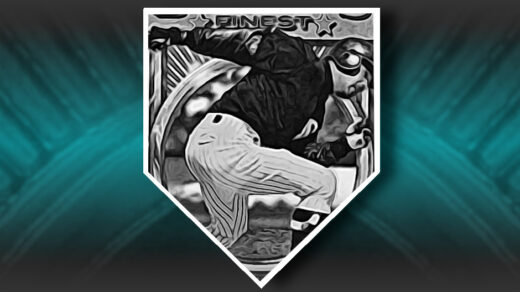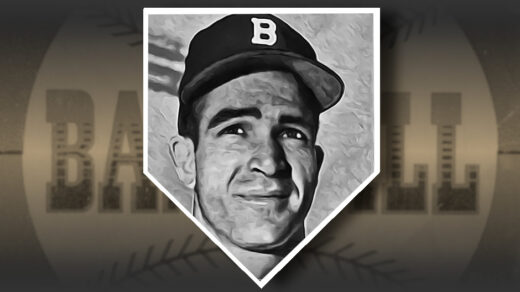Sherry Robertson had a lifetime .230 batting average, struck out in every at-bat of the 1941 season, and may have owed his job to being a relative of Senators’ owner Clark Griffith. He did, however, possess a strong arm.
That cannon was on display in the late innings of a 1943 contest between Cleveland and Washington. The Senators were on the field for the visiting half of the ninth with Robertson covering third base. Cleveland was down by 5 runs and quickly found themselves one out away from losing the game. A single from Mickey Rocco kept Cleveland alive. Ken Kelter then sent a grounder towards Robertson on the third base line. Robertson fielded the ball and directed a throw for the final out at first. Unfortunately, he missed.
The ball sailed over the outstretched glove of first baseman Mickey Vernon and into the stands. Moving into the first row of fans, it struck an civilian aviation official in the head. The dazed fan told concerned bystanders he was fine but was eventually convinced to be examined at a local hospital. He died from a brain injury the next day. To this date Robertson’s throw represents the only time a fan has been killed by a thrown ball at a big league game.
This was a freak accident, one made all the more unlikely by the distance Robertson had to throw the ball. Playing third base, his throw would have had to travel across the diamond from his fielding position to the target at first base. This was perhaps 110 feet and unaided by the extensive windup that pitchers use to give extra oomph to their pitches. The ball, of course, missed the target and continued unimpeded into the stands. Griffith Stadium had a rather generous foul territory in the infield, adding another 50 or more feet to the distance traveled. Robertson essentially used a quick release to throw the ball half the distance of a football field and still found enough force to cause serious damage.
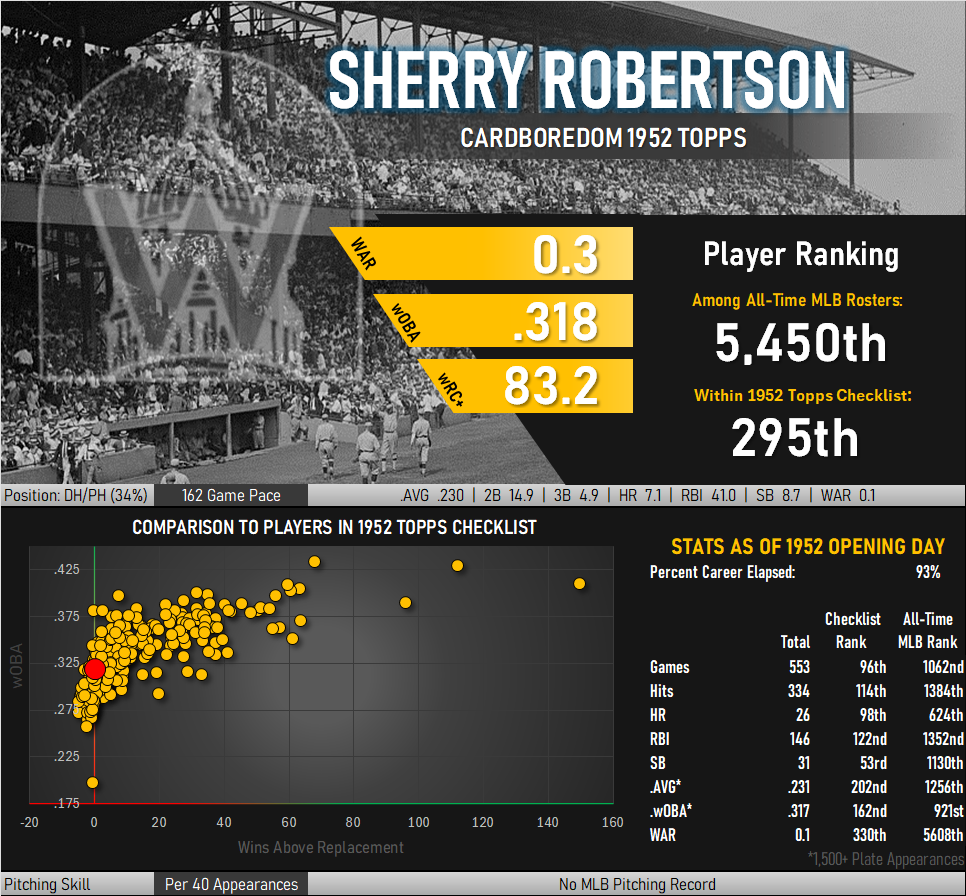
1952 would be Robertson’s final year in the big leagues. He was put into a single game as a pinch runner for the Washington Senators and then picked up by the Philadelphia Athletics for 81 games through the end of the season. His 1952 Topps card was issued halfway through the year and depicts him as a Senator despite his release in early May. This example is certainly exhibits much better centering than my miscut card of his in-law Joe Haynes.
